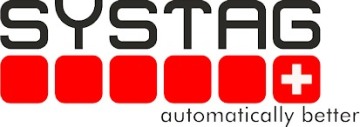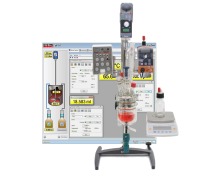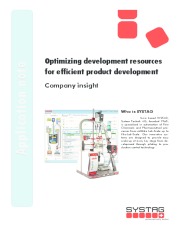FlexyPAT - Controlled Lab Reactor and Calorimeter
Product Description
SYSTAG, System Technik AG

-
CH
-
2015On CPHI since
Company types
Categories
Specifications
SYSTAG, System Technik AG

-
CH
-
2015On CPHI since
Company types
More Products from SYSTAG, System Technik AG (2)
-
Product ePAT - enhanced double jacketed reactor
ePAT is a quick, easy controlled lab reactor solution for automating double jacketed reactors for research and development. It provides a cost-effective entry route into automation technology, allowing users to optimize their synthesis and processes for both scale-up and scale-down.
Comb... -
Product FlexyCUBE Parallel Synthesis Worksation
FlexyCUBE is a new concept for chemical process development; a modular tool engineered to suit all laboratory automation needs. It allows laboratories to develop drugs, API’s or intermediates easier, faster and cheaper by allowing autonomous operation of multiple parallel reactor units from a single PC, us...
SYSTAG, System Technik AG resources (1)
-
Whitepaper Optimizing development resources for efficient product development
Nowadays, efficient process research and development are, more than ever, an absolute must for contract manufacturers and API manufacturers. New products/processes need to be pushed through to market readiness faster and faster. However, development departments suffer from a shortage of resources and the available employees are often overburdened with administrative tasks. So it is no wonder that in many cases there is no time for serious process development anymore. Time-consuming routine work such as dosing, tempering and similar control tasks can be left to an automated laboratory reactor while limited human resources can then be used for more important work.
Position your company at the heart of the global Pharma industry with a CPHI Online membership
-
Your products and solutions visible to thousands of visitors within the largest Pharma marketplace
-
Generate high-quality, engaged leads for your business, all year round
-
Promote your business as the industry’s thought-leader by hosting your reports, brochures and videos within your profile
-
Your company’s profile boosted at all participating CPHI events
-
An easy-to-use platform with a detailed dashboard showing your leads and performance




